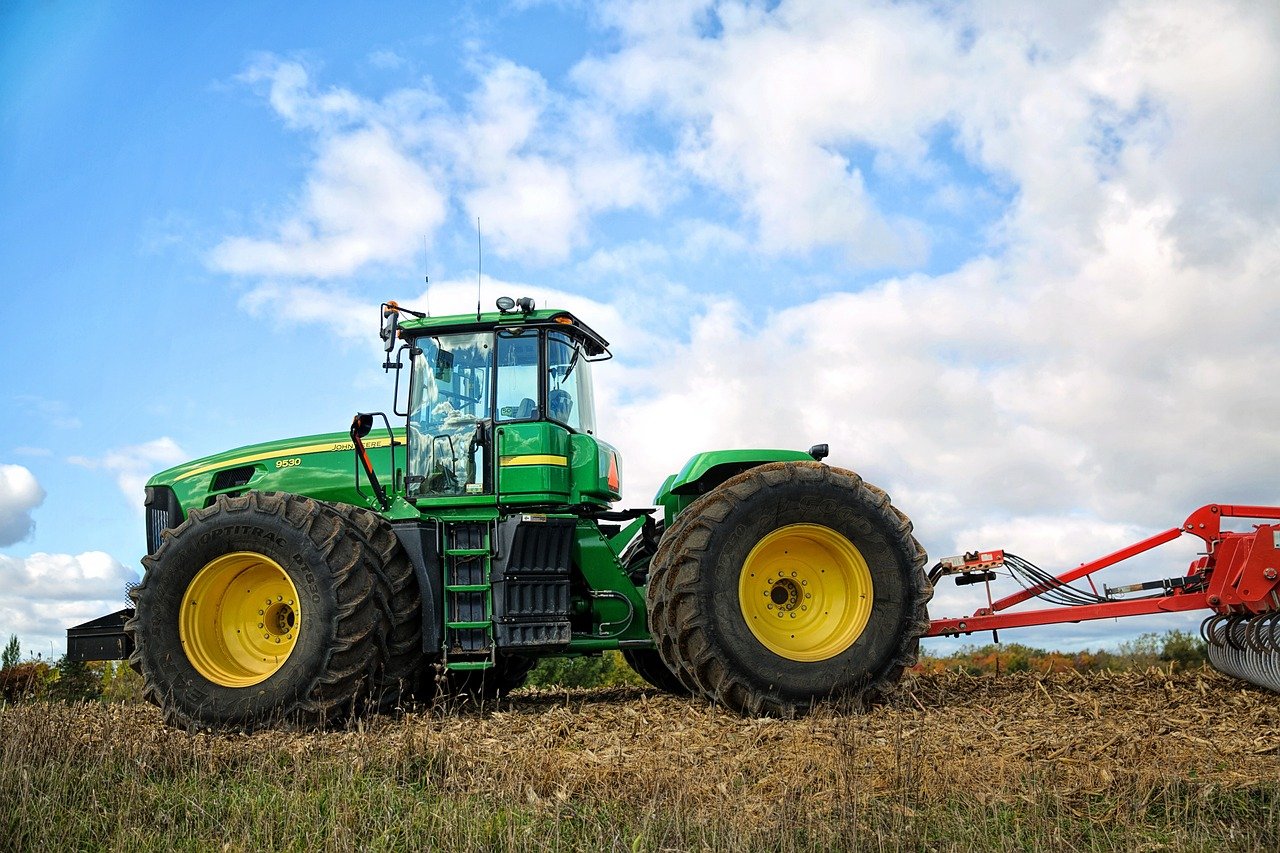Maintaining a tractor is crucial to ensure its reliability, efficiency, and longevity. Tractors, being essential tools in agriculture and construction, undergo rigorous use in varied conditions. Proper maintenance not only enhances performance but also reduces downtime and operational costs. Here’s a comprehensive guide to tractor maintenance and support practices to keep these machines operating at peak efficiency:
Regular Inspection and Maintenance Schedule
- Engine Maintenance:
- Oil and Filters: Regularly change engine oil and filters as per manufacturer recommendations to ensure lubrication and optimal engine performance.
- Air Filters: Clean or replace air filters to prevent dust and debris from entering the engine, which can lead to reduced efficiency and engine wear.
- Hydraulic System:
- Check hydraulic fluid levels and inspect for leaks. Replace hydraulic filters as recommended to maintain smooth operation of attachments and implements.
- Cooling System:
- Monitor coolant levels and inspect hoses, radiator fins, and water pump for leaks or damage. Clean radiator fins regularly to prevent overheating.
- Transmission and Drivetrain:
- Check transmission fluid levels and inspect for leaks. Follow manufacturer guidelines for changing transmission fluid and filters.
- Inspect drive belts, chains, and axles for wear and proper tension. Lubricate moving parts as necessary to prevent premature wear.
- Electrical System:
- Inspect battery terminals and cables for corrosion. Clean and tighten connections to ensure proper electrical flow.
- Test and replace batteries as needed to maintain starting reliability.
- Tires and Tracks:
- Check tire pressure regularly and adjust according to load and terrain conditions. Inspect tires for cuts, wear, and proper tread depth.
- For tracked tractors, inspect track tension and condition. Clean tracks to prevent buildup of debris that can affect traction.
- Brakes and Steering:
- Inspect brake pads, discs, or drums for wear and replace as necessary. Adjust brake and steering linkage for proper operation.
- Check steering components for excessive play and lubricate steering system as recommended.
Seasonal Maintenance Tasks
- Pre-season Preparation:
- Before each season, perform a thorough inspection of the tractor. Check all fluid levels, inspect belts and hoses, and ensure all safety features are operational.
- Test lighting and signaling systems to ensure visibility and compliance with regulations.
- Post-season Maintenance:
- At the end of the season, clean the tractor thoroughly to remove dirt and debris. Store it in a dry, covered area to protect against weather damage.
- Perform any necessary repairs or replacements to address wear and tear from seasonal use.
Operator Training and Safety
- Operator Manuals and Training:
- Provide operators with access to tractor manuals and training materials to ensure they understand proper operating procedures and maintenance requirements.
- Emphasize the importance of regular inspections, safe operating practices, and reporting any issues promptly.
- Safety Checks:
- Conduct regular safety inspections of the tractor, including roll-over protection systems (ROPS), seat belts, and emergency shut-off controls.
- Ensure operators wear appropriate personal protective equipment (PPE) and follow safety guidelines during operation.
Support and Service from Dealerships
- Authorized Service Centers:
- Utilize authorized dealership service centers for routine maintenance and repairs to ensure quality workmanship and access to genuine parts.
- Take advantage of manufacturer warranties and service agreements to minimize costs and ensure timely repairs.
- Parts Availability:
- Maintain an inventory of commonly used spare parts and consumables to minimize downtime. Order genuine parts from authorized suppliers to ensure compatibility and reliability.
Conclusion
In conclusion, tractor maintenance and support are essential practices to maximize performance, reliability, and longevity. By following a proactive maintenance schedule, conducting regular inspections, and utilizing authorized service centers, operators can ensure that tractors operate efficiently and safely in demanding conditions. Investing in proper maintenance not only reduces operational costs but also enhances productivity and extends the life of these critical machines, ensuring they remain reliable assets for agriculture, construction, and industrial applications.
